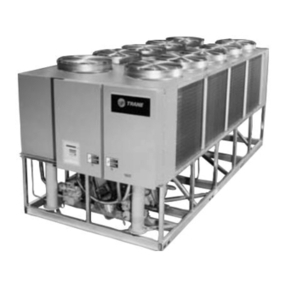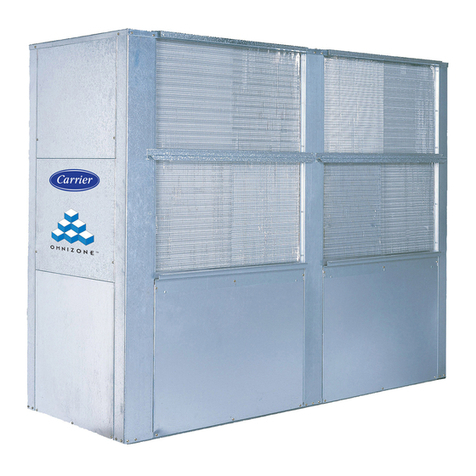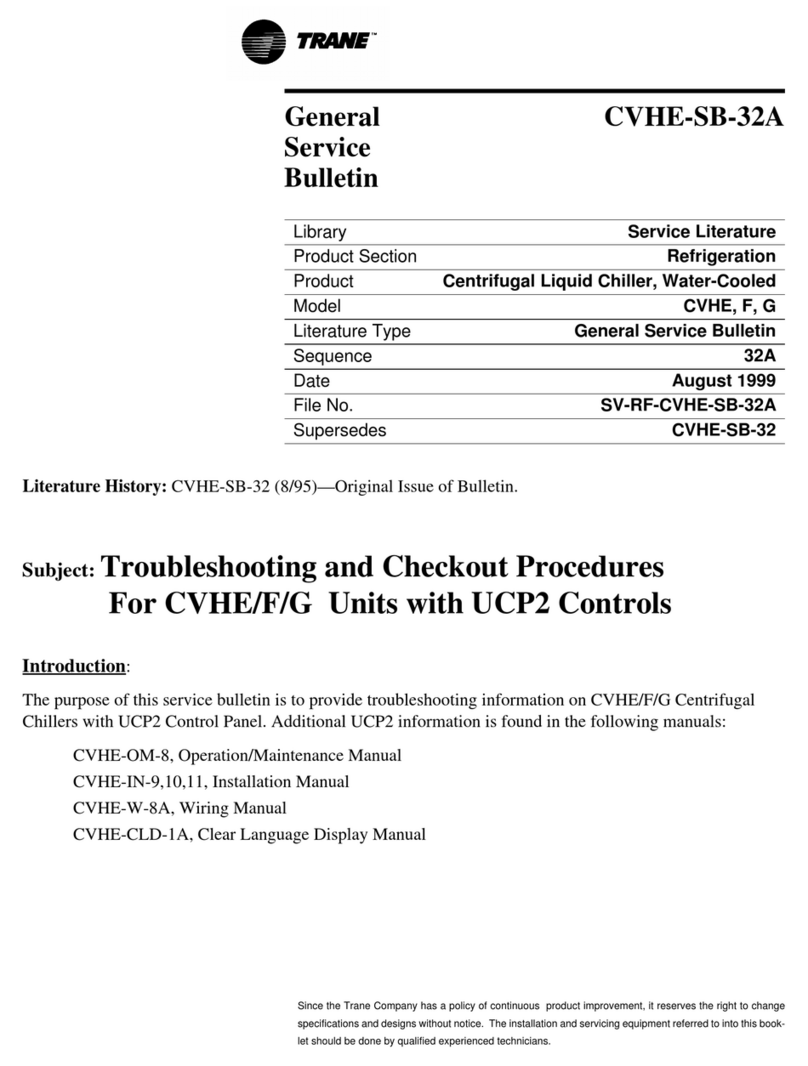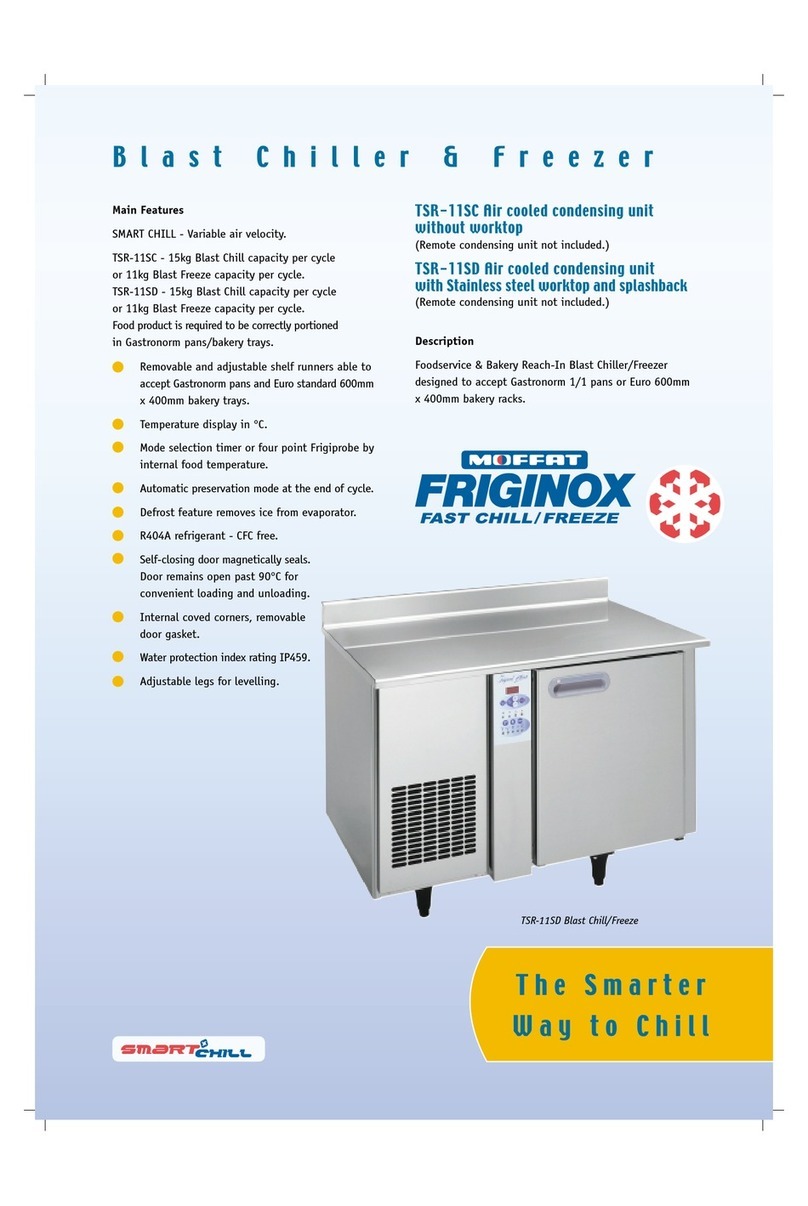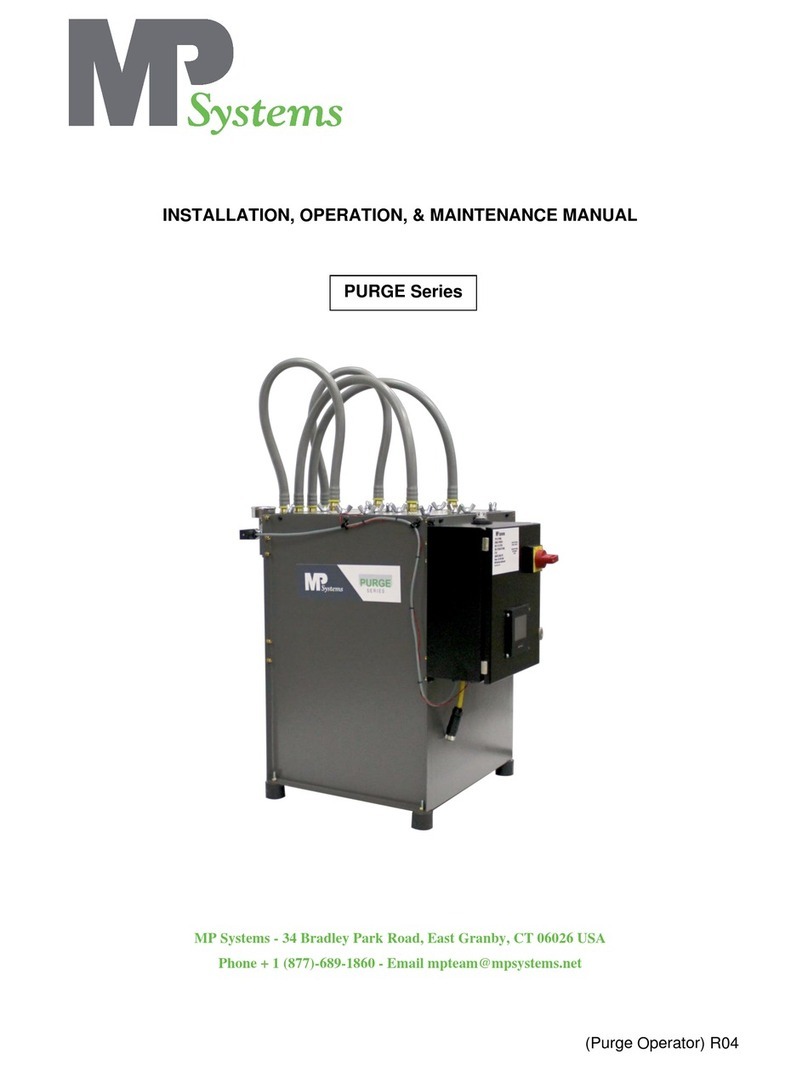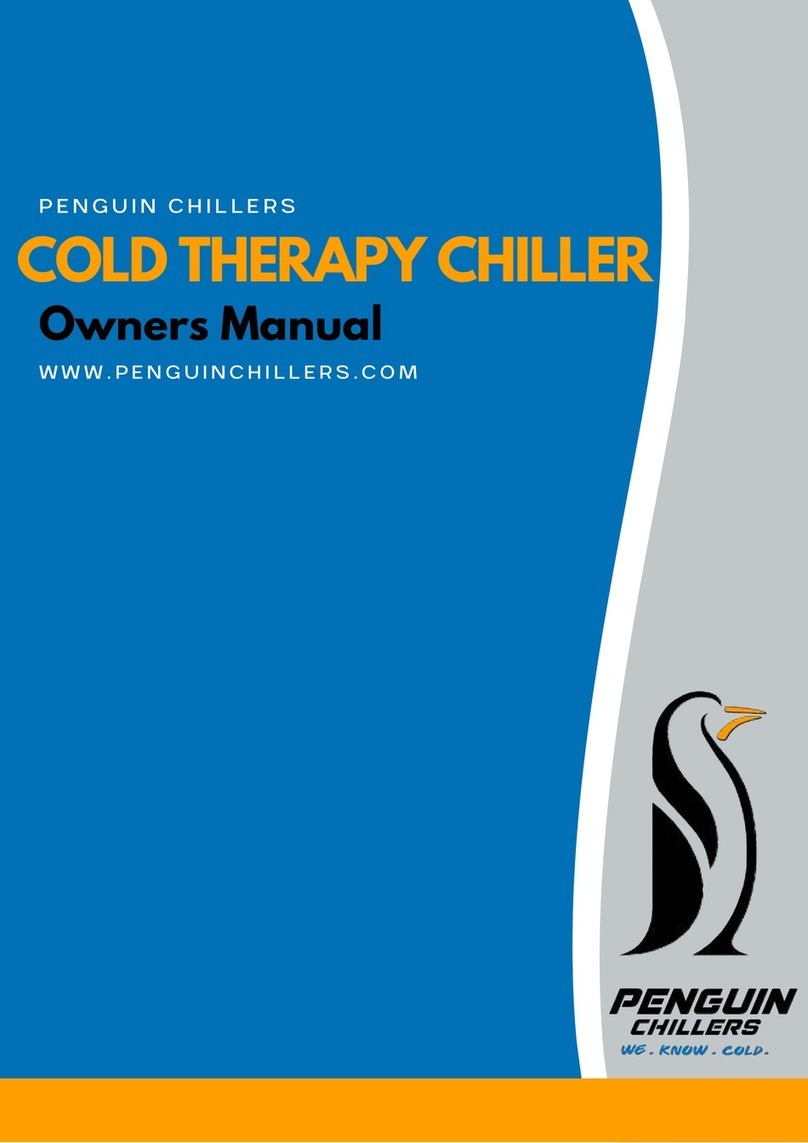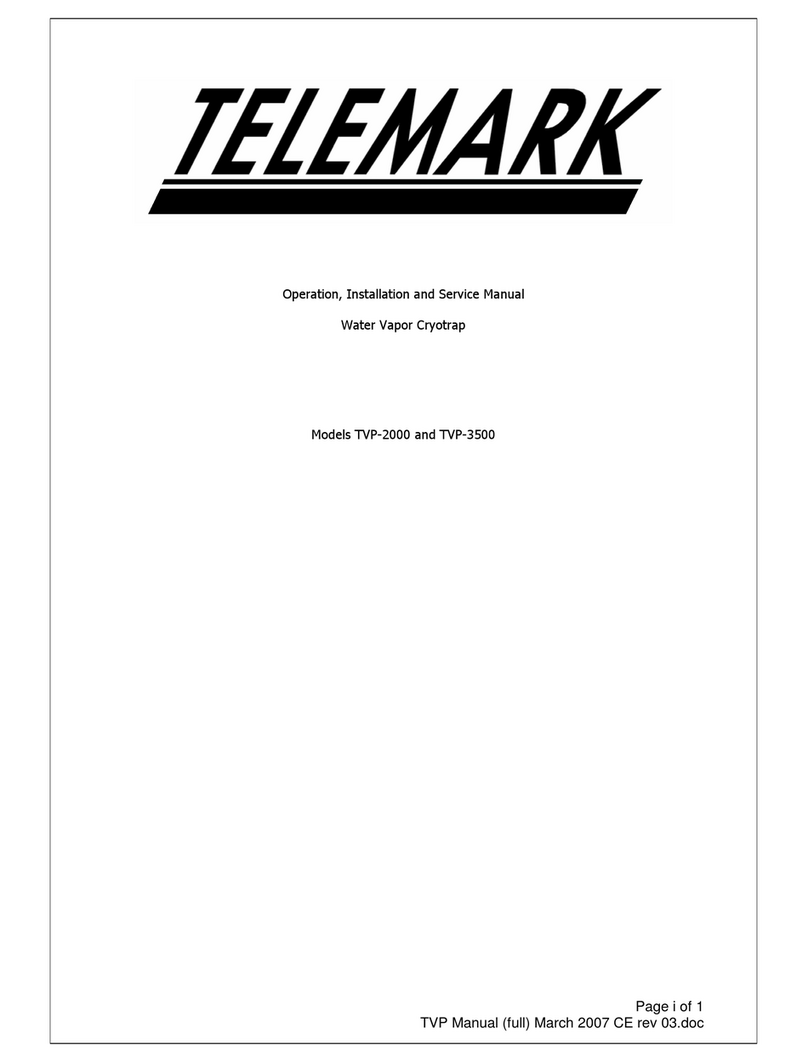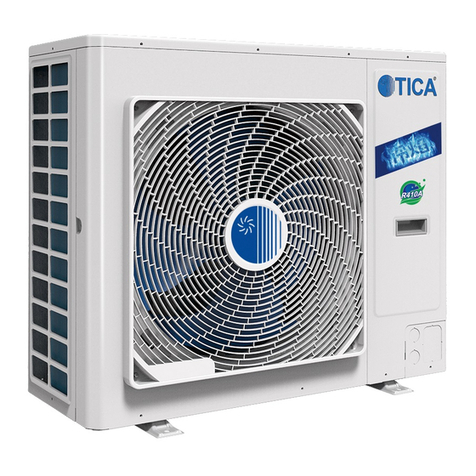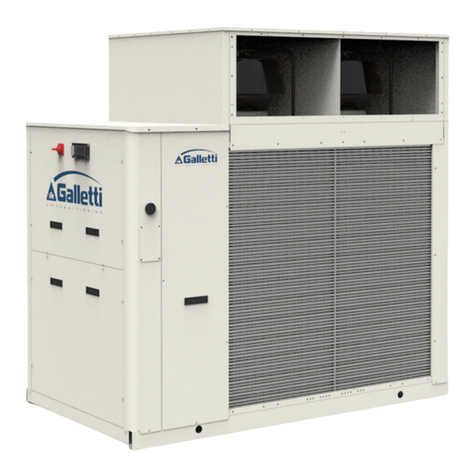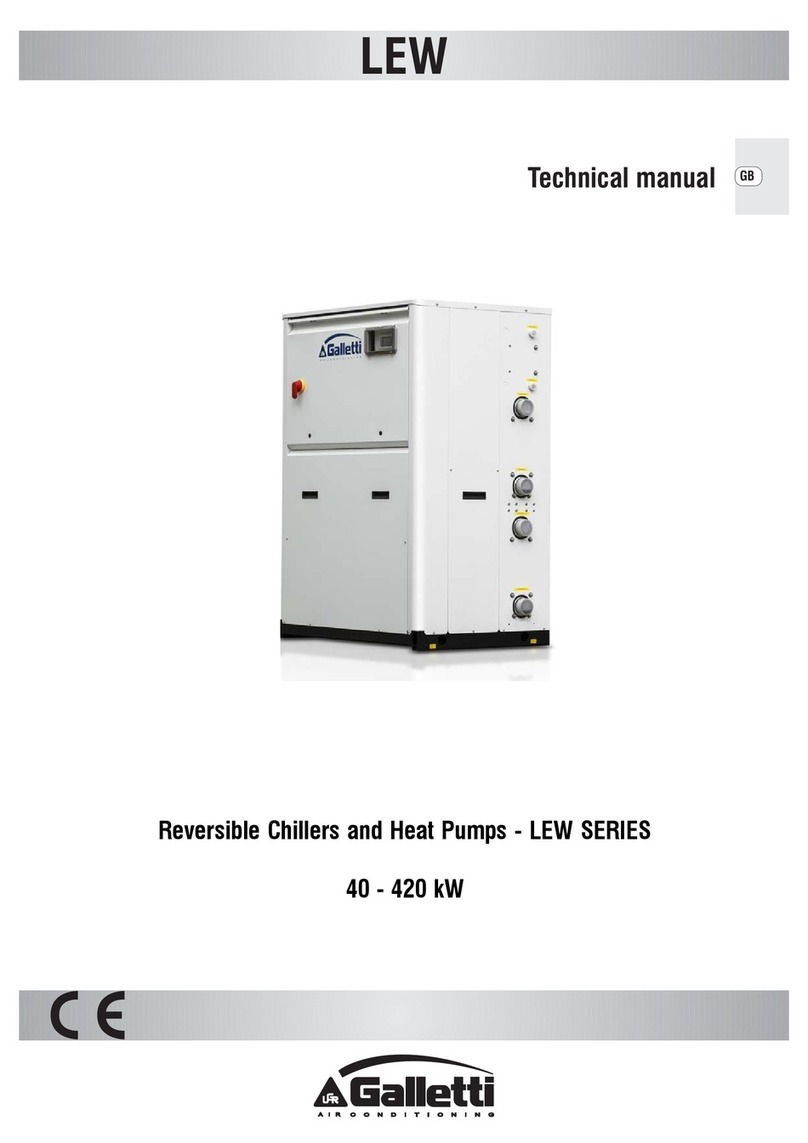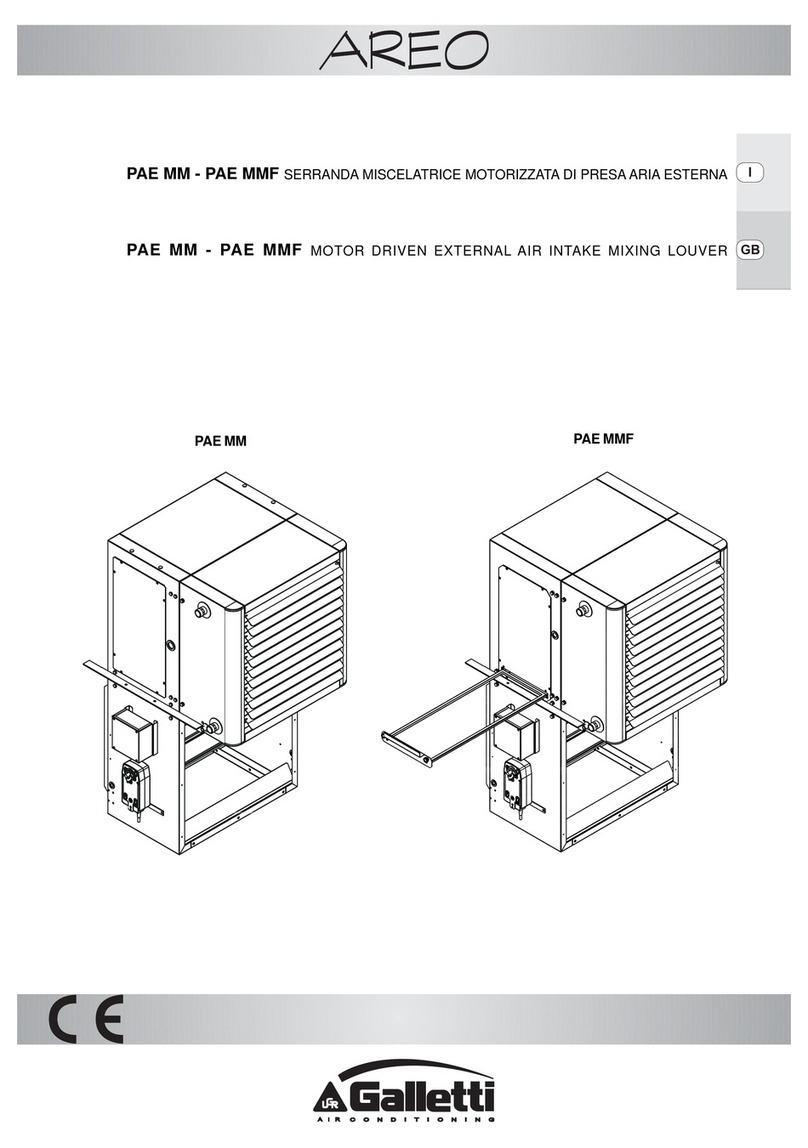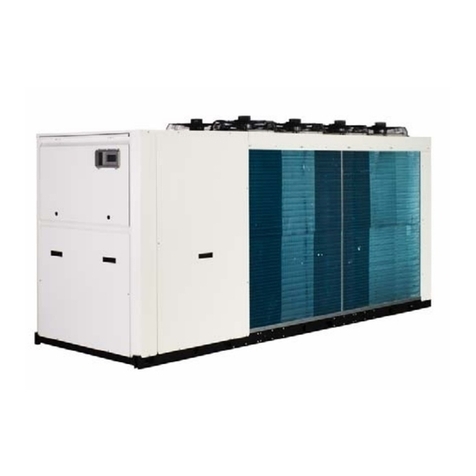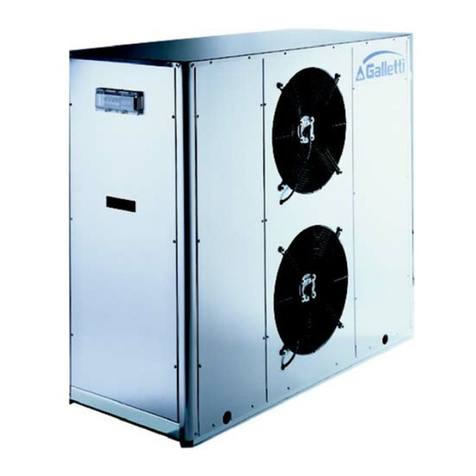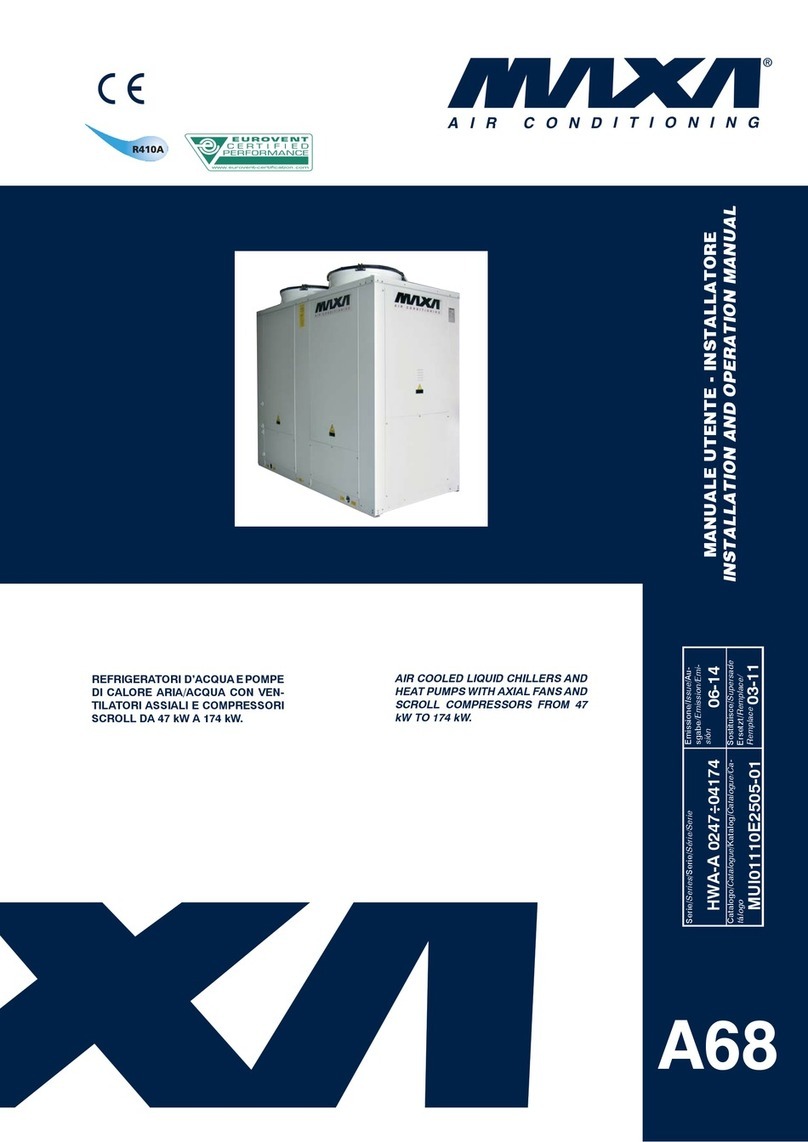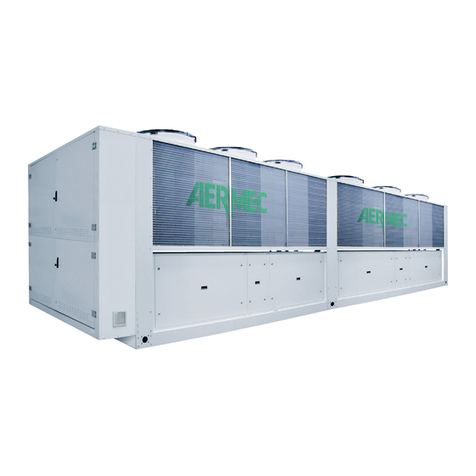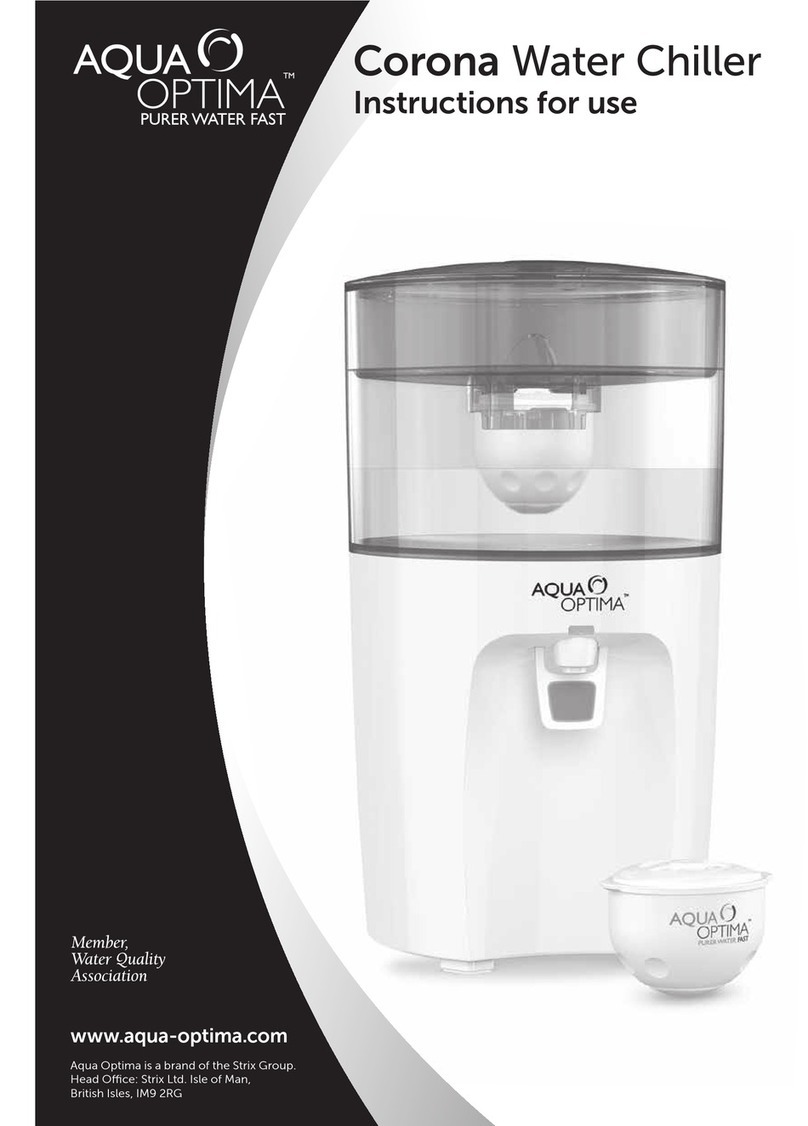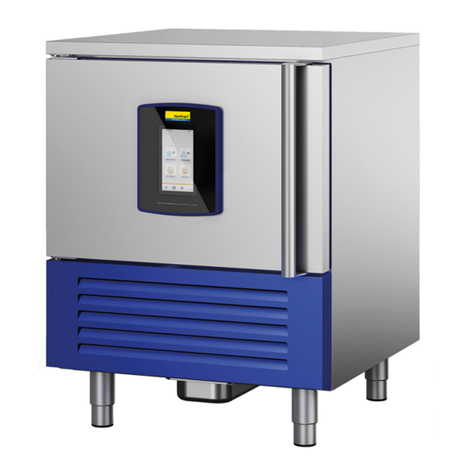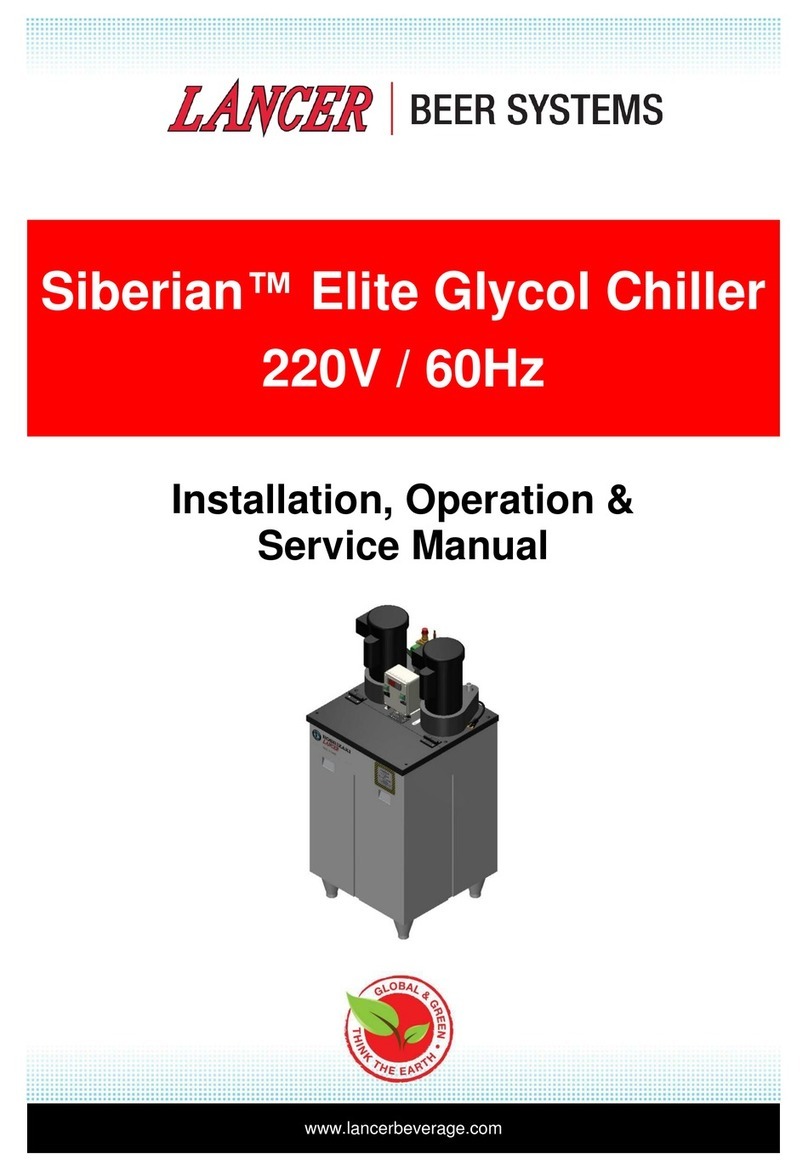
LCA
RG66000986 – Rev.00 6
INSPECTION, CONVEYANCE, SITING
INSPECTION
On receiving the unit, check that it is perfectly intact: the machine left the factory in perfect conditions;
immediately report any signs of damage to the carrier and note them on the Delivery Slip before signing
it.
Galletti S.p.A. or its Agent must be promptly notified of the entity of the damage.
The Customer must submit a written report describing every significant sign of damage.
LIFTING AND CONVEYANCE
While the unit is being unloaded and positioned, utmost care must be taken to avoid abrupt or violent
manoeuvres. The unit must be handled carefully and gently: avoid using machine components as
anchorages when lifting or moving it.
The unit must be lifted using steel pipes inserted through the eyebolts provided on the base frame.
Prior to being lifted, the unit should be harnessed as shown in the figure below: use ropes or belts of
adequate length and spacer bars to avoid damaging the sides and top of the unit.
Warning: In all lifting operations make sure that the unit is securely anchored
in order to prevent accidental falls or overturning.
UNPACKING
The packing must be carefully removed to avoid the risk of damaging the unit. Different packing
materials are used: wood, cardboard, nylon etc.
It is recommended to keep them separately and deliver them to suitable waste disposal or recycling
facilities in order to minimise their environmental impact.
SITING
You should bear in mind the following aspects when choosing the best site for installing the unit and the
relative connections:
- size and origin of water pipes;
- location of power supply;
- accessibility for maintenance or repairs;
- solidity of the supporting surface;
- ventilation of the air-cooled condenser and necessary clearance;
- direction of prevalent winds: avoid positioning the unit in such a way that the prevalent winds favour
the backflow of air to the condenser coils; a speed of 8 m/s (28.8 km/h) already generates a sufficient
stagnation pressure to guarantee 60% of the nominal air flow rate.[In situations where the action of air
currents is inevitable and there is a simultaneous presence of temperatures below – 5°C, the control of
condensation for low outdoor temperatures must be of the flooding type or with a device for choking
the condensing exchanger -contact the technical department for further details]
- possible reverberation of sound waves.
All models belonging to the LCA series are designed and built for outdoor installation: avoid covering
them with roof structures or positioning them near plants (even if they only partly cover the unit) which
may interfere with the regular ventilation of the unit condenser.
It is a good idea to create a base of adequate dimensions to support the unit. This precaution becomes
essential when the unit is to be sited on unstable ground (various types of soil, gardens, etc.).
